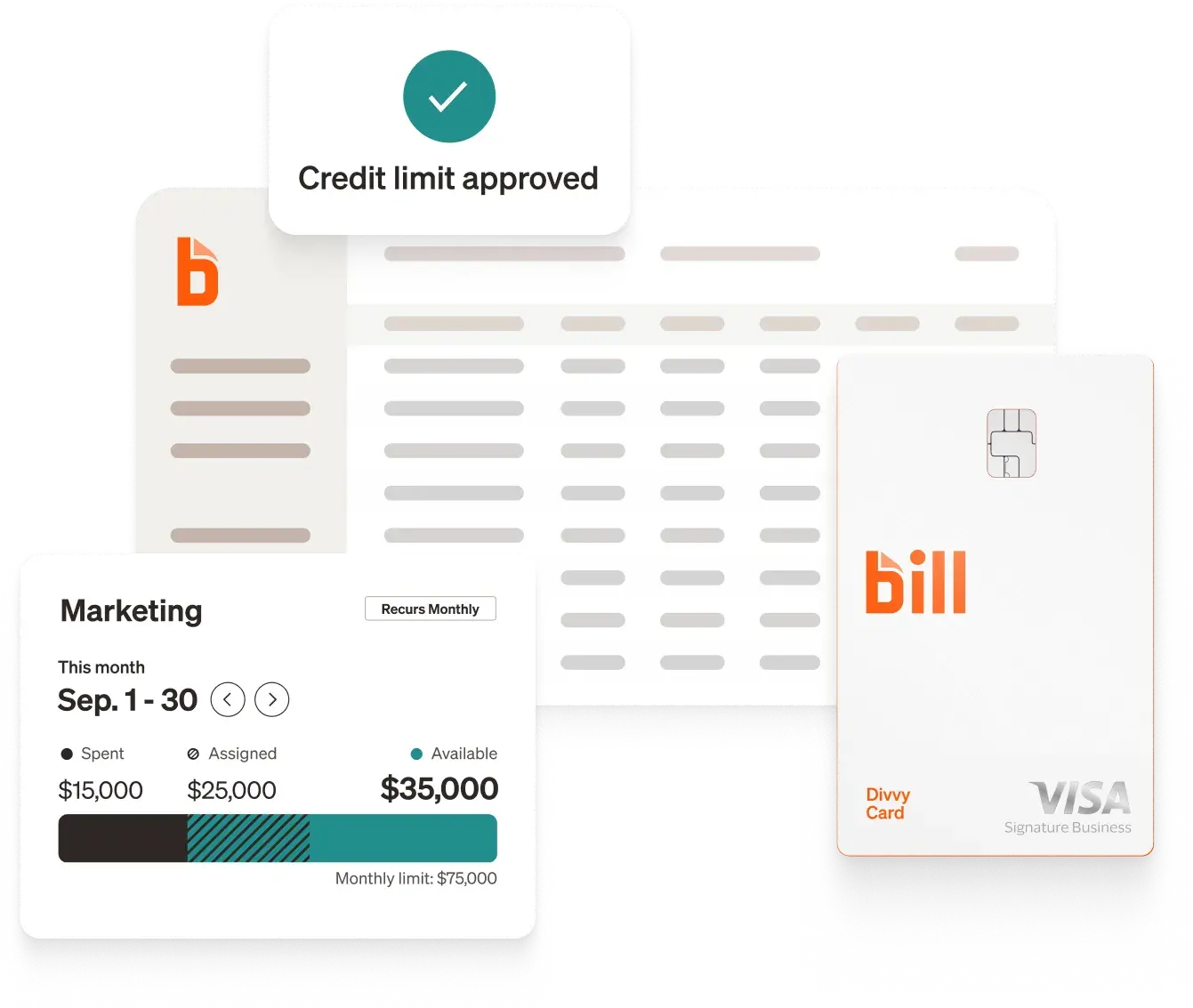Today's CFOs and treasury teams are navigating unprecedented change. Economic shifts, digital transformation, and evolving stakeholder expectations are reshaping how organizations manage their financial operations. The corporate treasury function is no longer just about managing cash—it's about strategic leadership through technology.
These treasury management trends are fundamentally changing how finance teams operate, moving from reactive cash management to proactive strategic guidance.
AI agents are taking over routine treasury tasks
The most significant shift in treasury isn't just automation—it's the emergence of AI agents that completely eliminate unnecessary workflows. Instead of treasury teams needing to handle routine tasks, AI agents can now take care of tasks such as user onboarding and W-9 collection autonomously.
This trend will continue to expand at a rapid pace, transferring more and more unnecessary friction to AI agents for routine completion.
This transformation goes beyond simple efficiency gains. Our first-of-its-kind BILL W-9 Agent autonomously requests and pre-validates W-9s from vendors. It can erase most of the work associated with collecting up to 3 million W-9s, saving BILL customers an estimated 650,000 hours. As a result of continued AI development, treasury teams will be able to spend far more of their work week on strategic initiatives and exception management.
Real-time cash positioning is becoming the baseline
Modern treasury teams expect robust cash flow forecasting as well as instant visibility into cash positions across all financial institutions, entities, and currencies.
Real-time data exchange in liquidity management enables immediate decision-making during market volatility. Treasury professionals can respond to opportunities or challenges as they emerge, rather than discovering them after the fact. This immediacy transforms treasury from a reporting function to a strategic advisor.
Cloud-based platforms and financial systems now provide this visibility without the traditional infrastructure investments, making real-time positioning accessible even to mid-sized organizations.
Treasury teams are putting their operating cash to work
Traditionally, many SMBs have lost out on annualized interest by leaving their operating cash in low- or no-yield accounts. Because switching money between accounts is a hassle, many treasury teams have ended up leaving money on the table.
At BILL, we've introduced BILL Cash Account,1 a high-yield, best-in-class operating account—delivering at least 20% higher returns than other operating accounts in our industry.2 Fully embedded within the BILL platform, this account lets businesses turn idle cash into a powerful engine for growth without the hassle of moving funds:
- Offers 3% APY3 on operating deposits—42x the national average APY on operating deposits4
- Simplifies cash management by combining treasury and payables into one seamless experience
- Enables faster, next-business-day ACH payments with no added fees or minimums5
- Gives businesses more peace of mind, with up to $200 million in FDIC insurance6
Until now, treasury-level capabilities have been reserved for large enterprises that have the staff to manage multi-billion-dollar complexity and the leverage to negotiate bespoke contracts with banks. Watch for more ground-breaking advancements as BILL gives Fortune 5 million treasury teams the same opportunities and capabilities as the Fortune 500.
Embedded finance is revolutionizing B2B payments
The next frontier for treasury is embedded finance through APIs that will eliminate the friction between financial operations and business processes. Soon, treasury teams won't need to log into different platforms—through seamless integration, payment capabilities will be tied directly into the procurement, ERP, and accounting systems teams already use every day.
This API-driven future means treasury will maintain full control and visibility while business units execute transactions without leaving their familiar workflows. Complex organizations will finally be able to implement enterprise-wide treasury controls across all systems without the pain of changing out key tech stack pillars.
Forward-thinking treasury teams are already preparing for this shift, evaluating how APIs will transform their tech stack from a collection of separate tools into an intelligent, connected ecosystem in which financial operations happen invisibly in the background.
Network effects are transforming supplier relationships
The future of treasury management will be defined by networked payment platforms where both buyers and suppliers gain complete visibility into transaction status. Here at BILL, we're already seeing this transformation—54% of payments on our platform now occur seamlessly between network members, with both payer and receiver gaining full visibility and control over their transactions.
As these networks grow, they'll create compound benefits that transform B2B relationships: instant payment processing, fully automated reconciliation, and dynamic payment options that adapt to each supplier's preferences in real-time. Treasury teams that join these networks early will find themselves with strategic advantages in supplier negotiations and relationship management.
The endgame isn't just efficiency—it's a fundamental reimagining of how businesses transact with each other, where payment friction becomes a thing of the past and suppliers become strategic partners who actively protect supply chains.
Predictive analytics are preventing cash crunches
Treasury teams are moving from historical reporting to predictive cash flow forecasting powered by machine learning. By analyzing payment patterns, seasonal variations, and real-time transaction data, AI models can now predict cash flow gaps weeks in advance.
These predictive capabilities will extend far beyond cash forecasting. AI systems will proactively identify when businesses qualify for increased credit limits, automatically extending working capital before liquidity ever becomes an issue. At BILL, in fiscal 2025, our AI features helped us to proactively identify when customers qualified for larger credit limits, enabling us to extend $200 million in proactive credit line increases for Spend & Expense customers.
The shift from reactive to proactive treasury processes will fundamentally change how organizations think about working capital and financial risks, making emergency funding and cash crunches obsolete for those who embrace these technologies.
Cybersecurity is becoming treasury's top priority
With about $2 quadrillion flowing through digital payment platforms globally, treasury departments are treating cybersecurity as a core competency of liquidity risk management rather than an IT concern. Modern treasury platforms now include AI-powered fraud detection that analyzes patterns across millions of transactions.
The sophistication of these security measures has evolved dramatically. Systems now detect and prevent fraud attempts in real-time, protecting the organization's most critical asset—its cash. At BILL, our AI-enabled fraud solutions stopped over 8 million fraudulent attempts in FY 2025, protecting organizations' most critical asset—their cash.
Security is no longer just about protecting data; it's about maintaining the trust that enables digital treasury transformation.
Multi-entity management through unified platforms
Organizations with multiple entities face unique treasury challenges that legacy systems weren't designed to handle. Modern treasury trends show a migration toward unified platforms that provide consolidated visibility while maintaining entity-level controls.
These platforms enable treasury teams to manage cash across dozens of entities from a single interface, automate inter-company transactions, and provide consolidated reporting without manual consolidation. The efficiency gains are substantial—what once required multiple systems and manual reconciliation now happens automatically.
For growing organizations and those involved in M&A activity, scalable multi-entity capabilities have become essential treasury requirements.
Mobile treasury enabling work from anywhere
The shift to mobile treasury operations reflects broader workplace changes. CFOs and treasury professionals now expect full functionality from any device, anywhere. This isn't just about checking balances—it's about approving payments, managing fraud alerts, and accessing real-time analytics from mobile devices.
Mobile capabilities have proven especially valuable during market volatility when immediate action is required. Treasury teams can respond to urgent situations without being tied to their desks, ensuring continuous operations regardless of location.
This flexibility has transformed treasury from a location-dependent function to a truly agile operation.
Adapt to treasury trends with BILL
The future of treasury will be powered by intelligent automation that transforms how organizations manage, move, and maximize their money. BILL's platform embodies these treasury trends, providing the AI-powered capabilities, real-time visibility, and network effects that modern treasury teams need.
Our integrated approach eliminates the workflows that burden treasury teams, replacing them with intelligent agents that handle routine tasks autonomously. From AI-powered fraud prevention to predictive cash flow analytics, BILL helps treasury teams focus on strategic value rather than manual processes.
With over 8 million network members and ~1% of US GDP flowing through the platform annually, BILL provides the scale and intelligence that powers next-generation treasury operations. Our platform grows with your organization, supporting everything from simple AP automation to complex multi-entity treasury management.
Ready to transform your treasury operations?
See how BILL can help you leverage these treasury trends. Learn more>
1 BILL and its subsidiaries and affiliates are a financial technology company, not a bank. BILL Cash Account and banking services provided by Column N.A., Member FDIC.
2 Comparison reflects business accounts within the AP software industry. Advertised APYs apply to operational funds, not savings-style sub-accounts that are not directly usable for payments.
3 The Annual Percentage Yield (APY) as advertised is accurate as of June 30, 2025. Interest rate and APY are subject to change at any time before and after the BILL Cash Account is opened.
4 Earnings compared and calculated based on the national average rate on interest checking accounts of .07% published by the FDIC as of 09/15/25, and an earn rate of 3.00% offered and paid by BILL Cash Account.
5 No additional fees apply to opening or holding a BILL Cash Account. Other fees may be applicable to the service used or subscribed to with BILL, including but not limited to BILL account subscription fees, transaction fees, payment processing fees, and other special services fees. For more information on BILL service fees, please see the BILL Terms of Service.
6 BILL is a financial technology company, not an FDIC-insured depository institution. FDIC deposit insurance covers the failure of an insured depository institution. Certain conditions must be satisfied for pass-through FDIC insurance to apply. Deposits in BILL Cash Accounts are FDIC-insured through Column N.A., Member FDIC and Column’s Sweep Program Network Banks.








